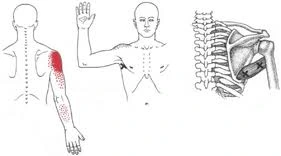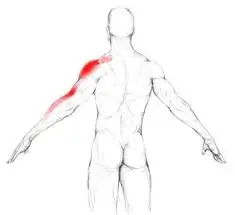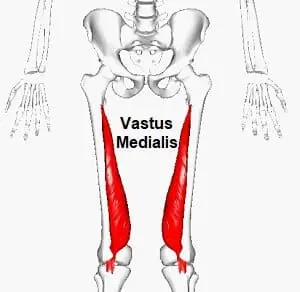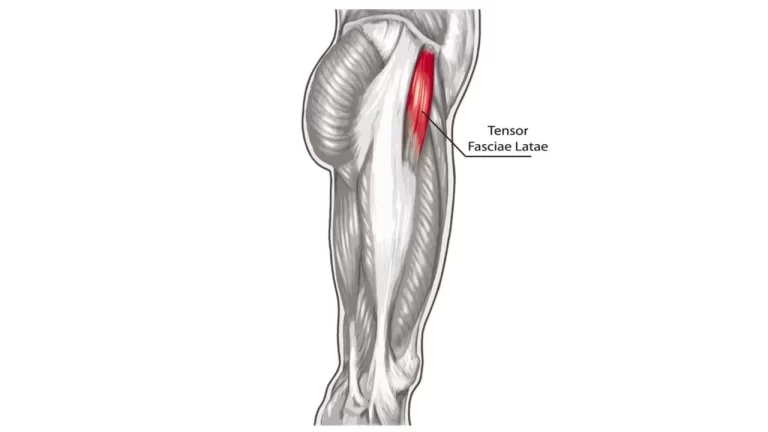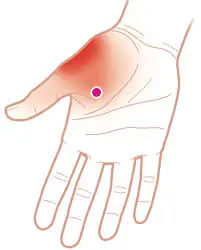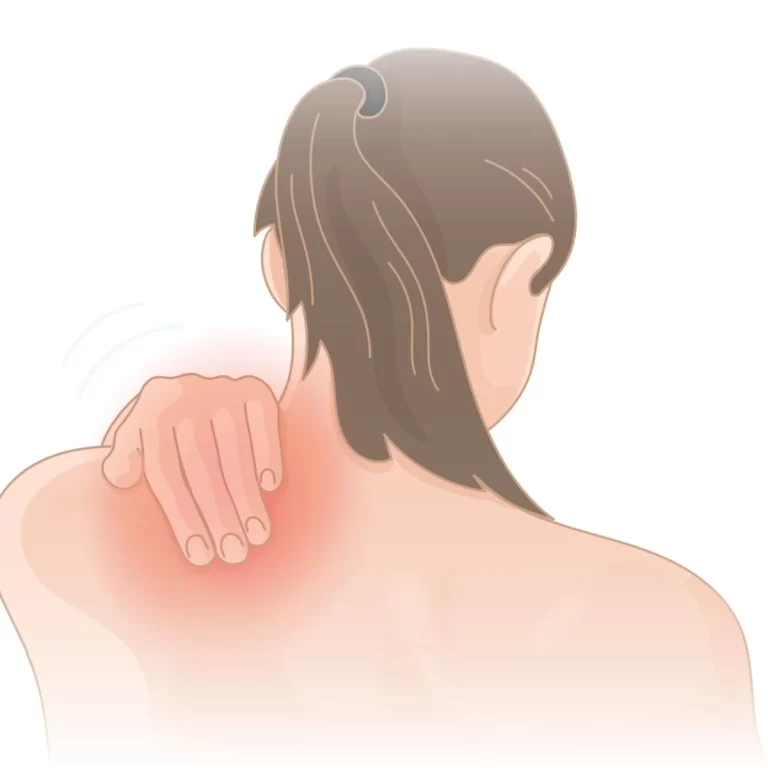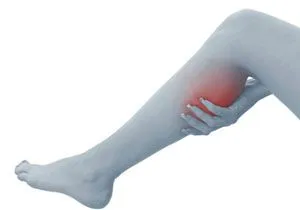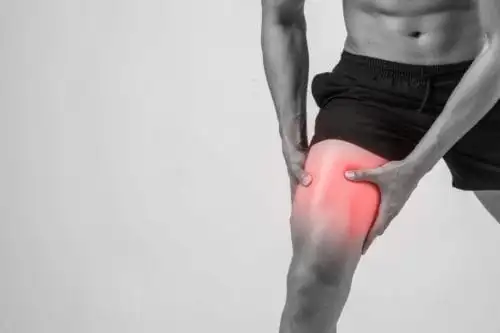Teres Major Muscle Pain
Teres Major Muscle Pain occurs when the teres major, a small but powerful muscle in the upper back, becomes strained or overworked. This muscle plays a key role in shoulder movement, including adduction, internal rotation, and extension. Pain in this area may result from overuse, poor posture, or repetitive activities like lifting or throwing. Symptoms…

